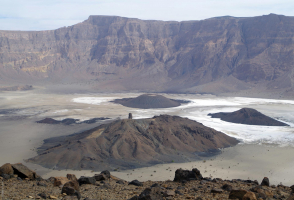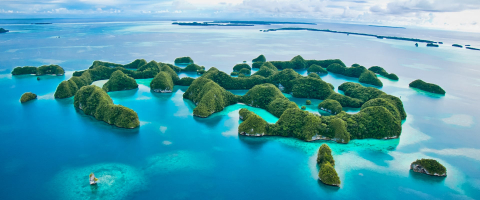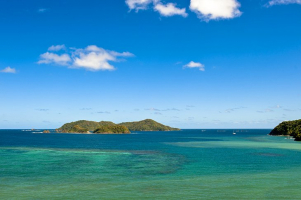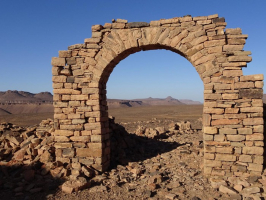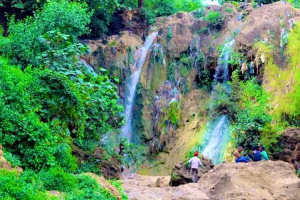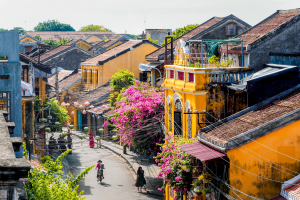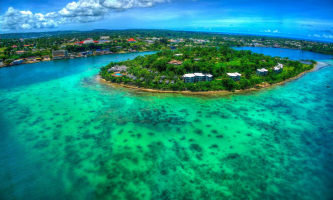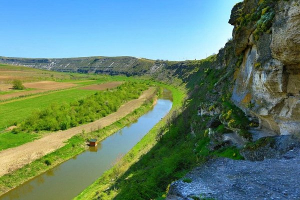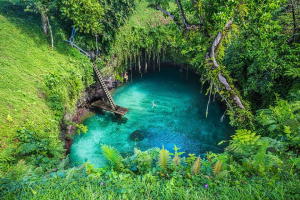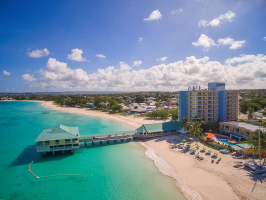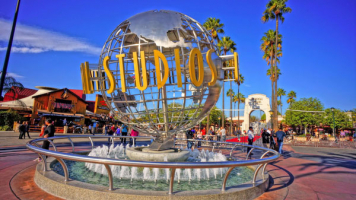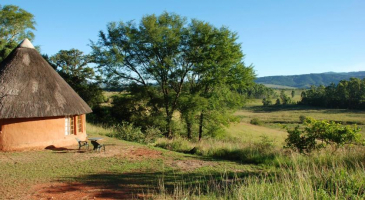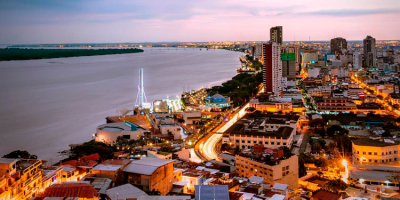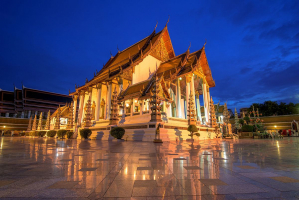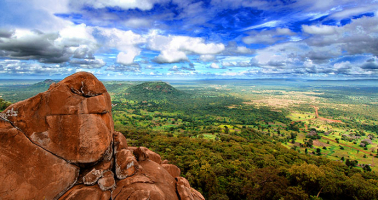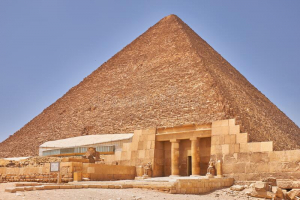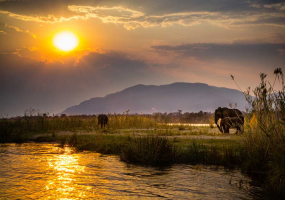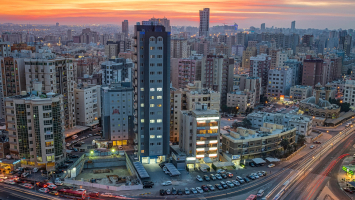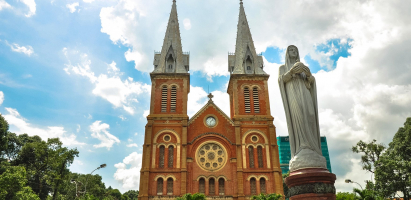Top 5 Best Tourist Attractions in Eritrea
Eritrea is a country in Africa's Horn of Africa. Ethiopia, Sudan, Djibouti, and the Red Sea surround this little country of about six million inhabitants. ... read more...Eritrea is one of the most awe-inspiring countries in the Horn, despite a host of challenges such as a weak economy and political repression, as well as difficulties in traveling there (a permit is required if you want to leave the city). There are nine distinct ethnic groupings, as well as influences from Abyssinia, the Mediterranean, and Arab cultures. This country, which has been mostly unaffected by development and tourism, offers beaches, reefs, archipelagos, culture, religion, archaeology, and natural beauty. Eritrea's name derives from a Greek phrase that means "Red Sea," and visitors will enjoy exploring the country's numerous hidden gems.
-
Historians disagree on whether the ruins of Qohaito were ever the inhabited walls of Koloe, a hamlet that predated the Aksumite monarchy but rose to commercial importance during it. Even if it wasn't, the city's massive ruins — measuring 2.5km (1.5mi) by 15km (9mi) – are a monument to its once-impressive size. Even though only approximately 20% of the site has been excavated, seeing the highlights will take a few hours.
The dusty remnants of half a dozen smaller temples surround the four columns and various rubble of the Temple of Mariam Wakiro, which is supposed to have started life as a pre-Christian church. To the north of here lies an underground, sandstone-hewn Egyptian Tomb, so termed not because of its Egyptian origins (leading hypotheses place it in the Ottoman era), but because of its massive size.
A short walk from Qohaito leads you to the rim of a massive canyon, which drops abruptly to the old road leading to the once-important port city of Adulis to the east. On a clear day, it provides breathtaking vistas. There are various rock-art sites around Qohaito, including Adi Alauti's cave and another shelter with over 100 painted figures. Though there is no admission cost, a permission from the National Museum is required, as is a gratuity for on-site guide Ibrahim, who lives in the upper village of Qohaito. It's suggested that you use Nfa200 or anything like that.
Location: Debub, Eritrea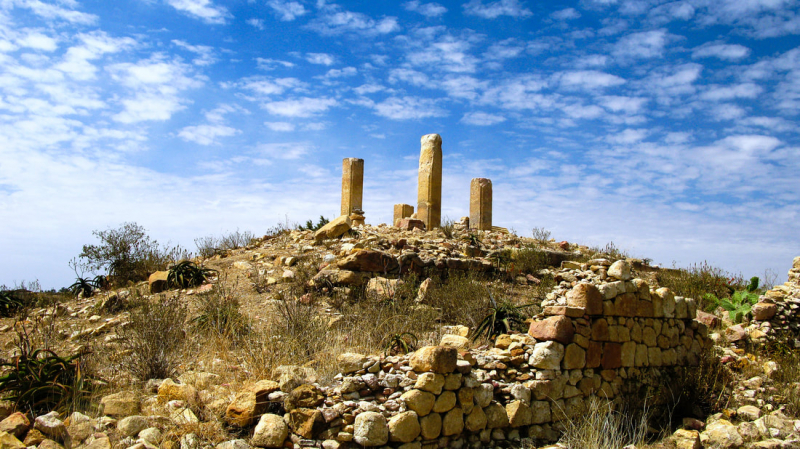
visiteritrea.net 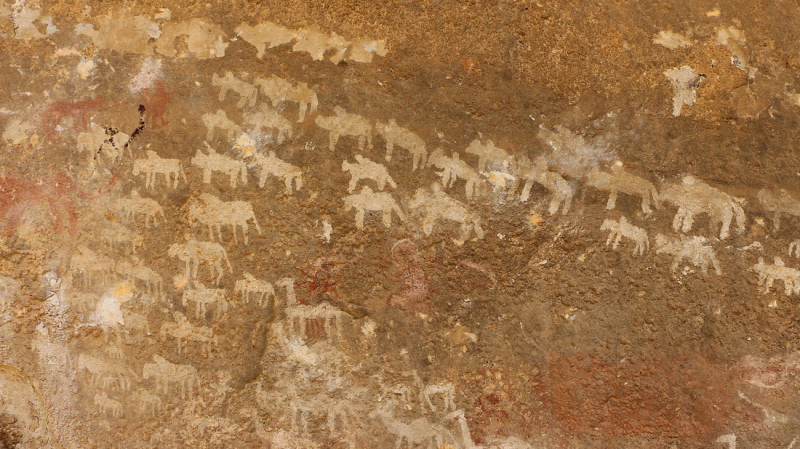
visiteritrea.net -
The Imperial Palace, which stands just north of the Dahlak Hotel's gates and overlooks the harbor, was erected in the 16th century by the Turkish Osdemir Pasha. The current structure was constructed in 1872 for Swiss adventurer Werner Munzinger. Emperor Haile Selassie used it as a winter palace during the Ethiopian federation, and his heraldic lions still adorn the gates, and the edifice is still known by his name.
The palace was severely destroyed during the Conflict of Independence, and its current state provides a vivid depiction of how Massawa looked just after the war, as well as what to expect of much of the Old Town.It's usually possible to wander around the grounds, as the gates are rarely locked.Location: north of the Dahlak Hotel's
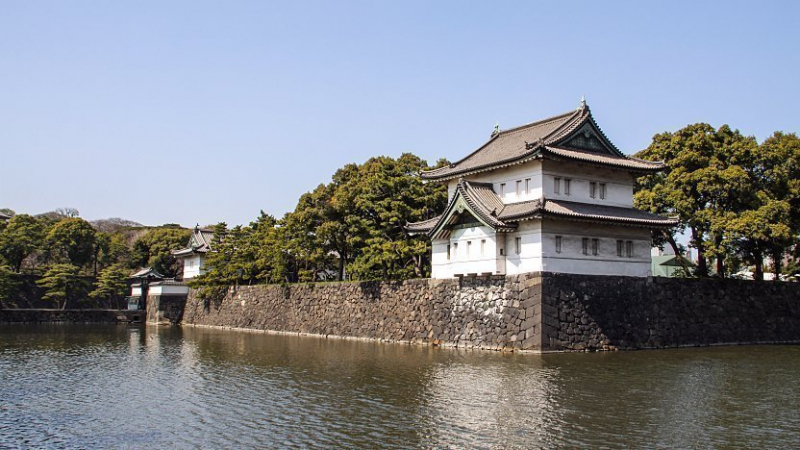
japan-guide.com 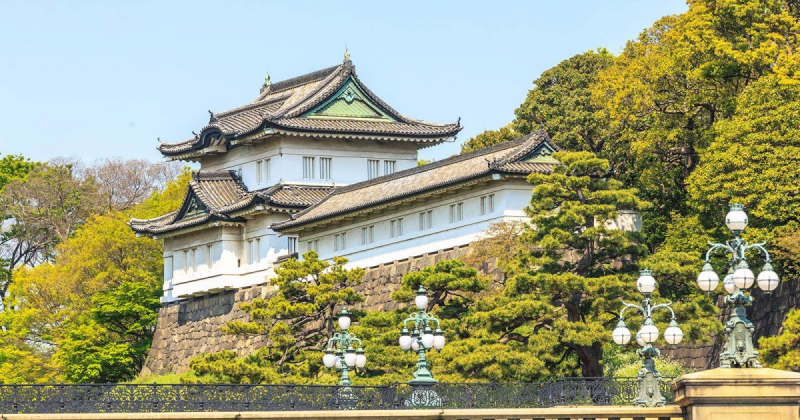
mywowo.net -
Dankalia is the name of a short strip of land roughly 50 kilometers wide that spans 600 kilometers south of Massawa to Djibouti. On the map, it appears as a lengthy peninsula projecting from the country's southernmost point. It's a volcanic desert with strange lunar landscapes that will leave you speechless.
It's recognized as being one of the hottest and most inhospitable areas on the planet, with little to see, nothing to do, and no spectacular destination on the other side. Few travelers come here since the route is hot, exhausting, and hard. Even aboard the decrepit old bus that operates twice a week from Massawa, the thrill of discovery is palpable. If you drive, the journey will almost certainly be one of the highlights of your trip. Dankalia is one of the few places in Eritrea where travel is done for the sake of travel. As if that weren't enough, Dankalia is also home to the mythical Afar or Danakil people, who have been considered one of the most ferocious tribes on the planet.Location: south of Massawa to Djibouti
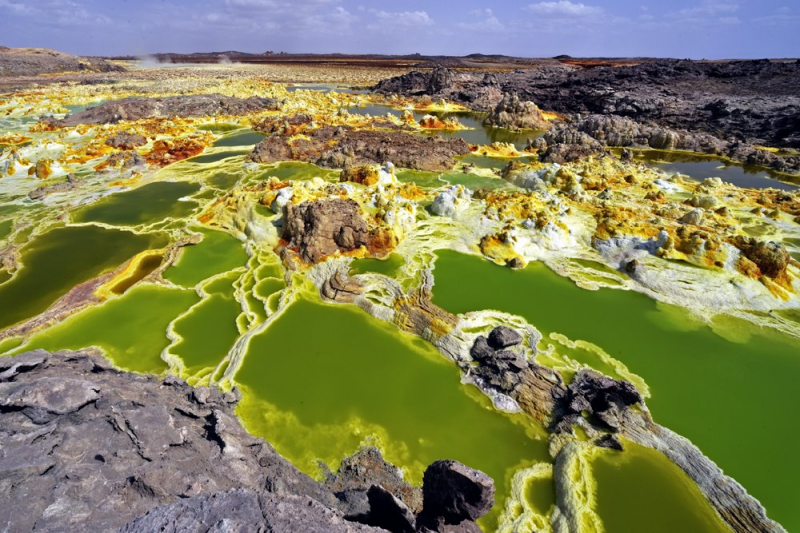
mapio.net/pic 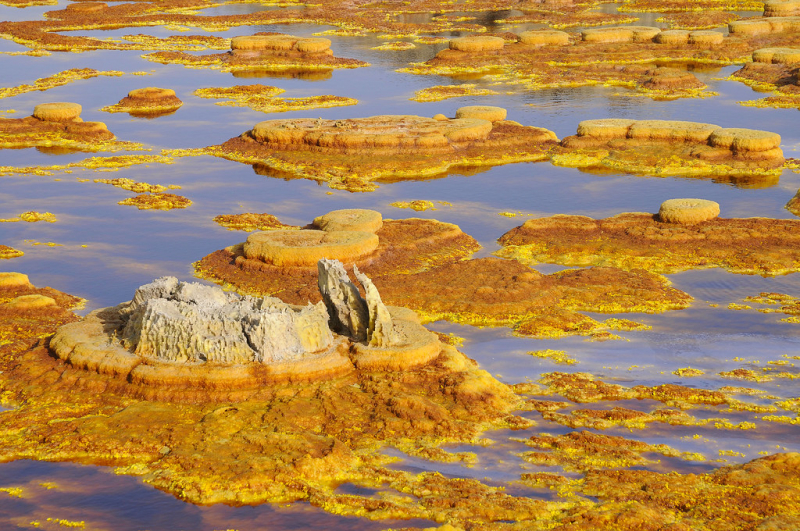
flickr.com -
Adulis was formerly the Aksumite empire's principal port, and there are still a few remarkable architectural artifacts from that era. The foundation of a great Byzantine basilica from the fifth century is particularly noteworthy. Archaeological excavations at Adulis (which began in 1840!) are still underway, but progress is slow for a month or two each summer.
According to local Saho tribal folklore, the name 'Adulis' comes from the words 'white water,' a nod to the settlement's proximity to the Red Sea and its Aksumite-era prosperity as a key port and commerce link between the Roman empire and India. Apart from the basilica, most of the ruins are still buried, so a fair dose of imagination is required to get the most out of a visit. All of the objects collected from the site are now stored in museums in Asmara and Ethiopia, but the search for a massive ceramic dump southeast of a large warren of excavated walls whose original use is still unknown.
From the mainland side of the causeway at Massawa to the settlement of Faro, which is the final place to get water or food, it's around 50 kilometers. Follow the roadway from Faro until it reaches the river, then turn left into the desert on a very difficult and poorly defined desert road. A few kilometers south of the Adulis site, Zula village is home to typical Tigre ethnic group residences and a 150-year-old Ottoman-built well. On your journey to or from the ruins, it's worth dropping by.Location: Zula,Eritrean
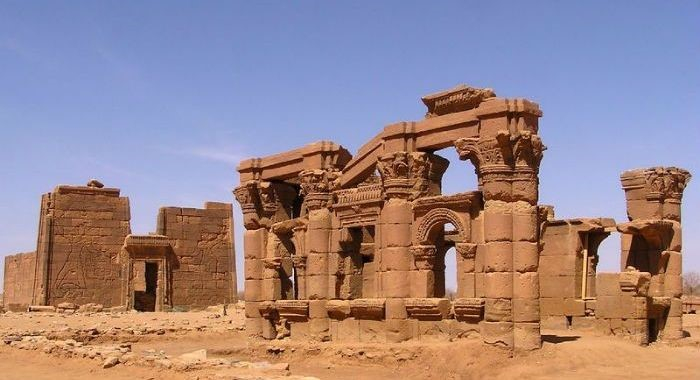
addflag.com 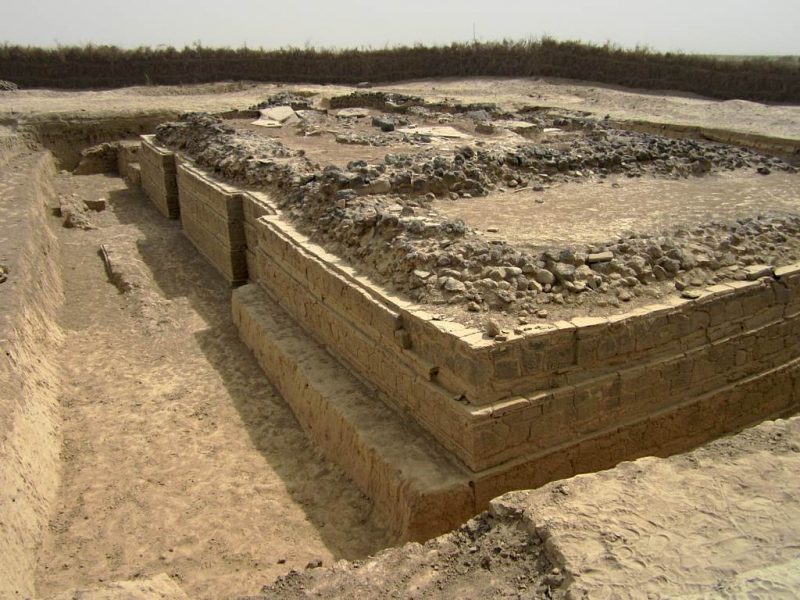
en.wikipedia.org -
Despite the presence of an Italian-era massive iron cross, folklore suggests that the summit towering over Senafe and the surrounding territory has been a place of devotion and pilgrimage for much longer. The ancient chapel at the bottom of the hill and the bleached bones strewn out in caverns halfway up seem to back up the story, and the difficult trek up a near-vertical rock face towards the top may have you whispering your own prayers before it's through.
It is possible to climb alone, although caution recommends that a guide be used. A local youngster will locate you if you hang out near the start of the walk at the checkpoint on the southern side of the Senafe area. For the hour-long travel up and back, a gratuity of roughly nfa75 is appropriate.
Location: Adi Keih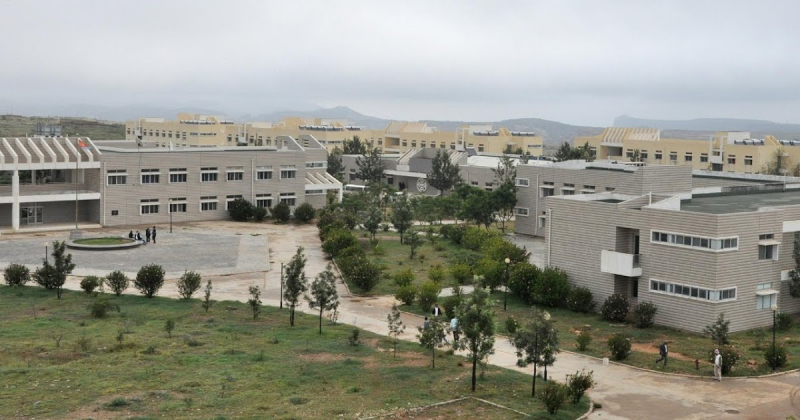
twitter.com







